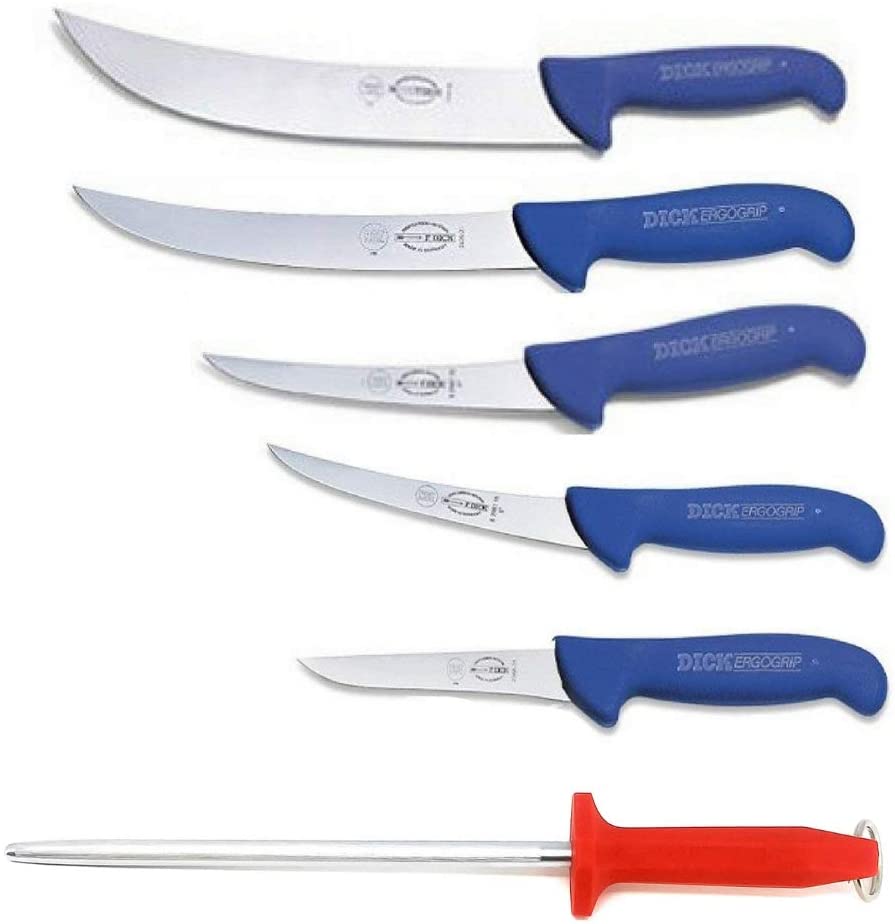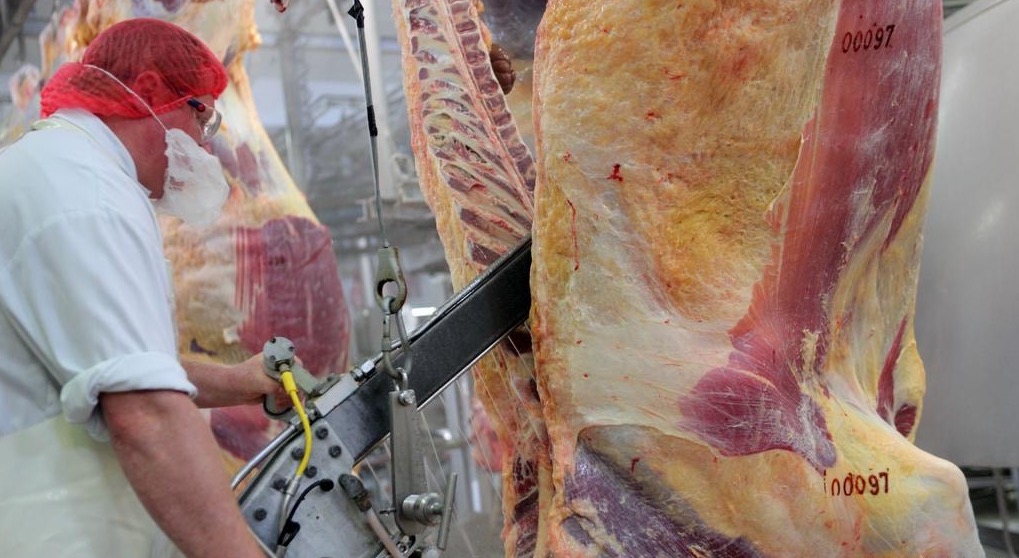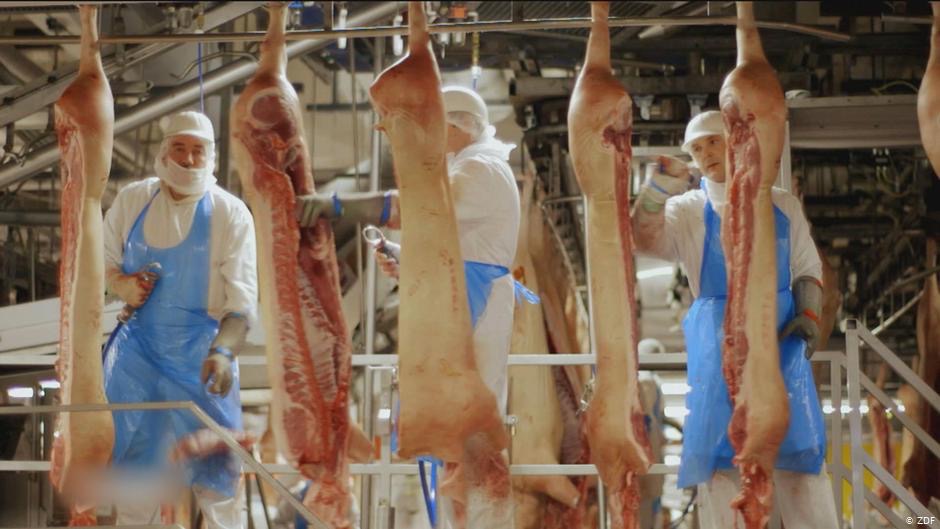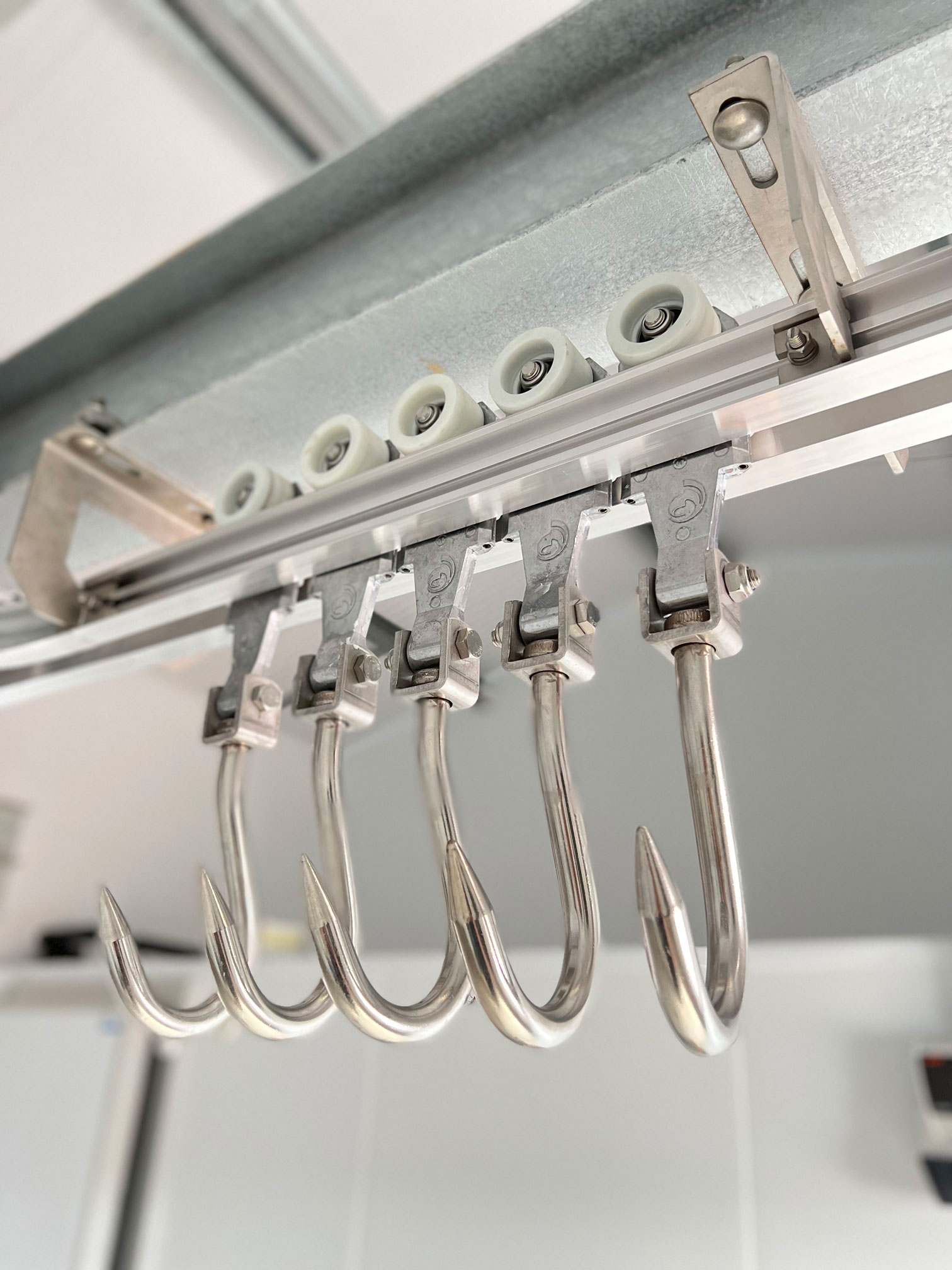The Essential Guide to Butchers Knives: Precision Tools for Meat Professionals
When it comes to butchering, the right tools can make all the difference. Butchers knives are a cornerstone of any meat processing operation, designed for precision, efficiency, and safety. Whether you're working in a commercial abattoir, a busy butcher's shop, or even handling meat at home, it’s good to understand the different types of butcher knives. In this guide, we’ll break down the key knives every butcher should have in their toolkit, helping you choose the best tools for your needs.
Understanding Butchers Knives: The Basics
Butcher knives are not one-size-fits-all. Each knife is tailored for specific tasks, whether it’s breaking down large carcasses or making fine cuts for perfect presentation. There are three primary categories you’ll want to be familiar with: breaking knives, boning knives, and butcher’s cleavers. Each of these knives is essential for various stages of meat processing.
- Breaking Knives: Designed for Precision
Breaking knives are the first step in meat processing, used to divide carcasses into smaller sections. Their long, curved blades provide excellent control and precision, ensuring clean cuts through large portions of meat without damaging muscle fibres. A high-quality breaking knife is a must-have for professional butchers handling larger quantities of meat.
- Boning Knives: Flexibility and Accuracy
The boning knife is designed for delicate work, allowing butchers to remove bones from meat with ease. With a narrow, curved blade, boning knives come in varying degrees of flexibility, depending on whether you are working with beef, pork, or poultry. A stiff blade is perfect for beef, while a more flexible option is ideal for poultry and fish.
- Cleavers: Power for Tough Jobs
No butcher’s toolkit is complete without a cleaver. This heavy-duty knife is perfect for splitting bones and large pieces of meat. Its weight and sturdy construction allow for maximum force when breaking through tougher cuts, making it indispensable for processing larger animals.

Choosing the Right Butchers Knives for Your Needs
Selecting the right knife depends on the type of work you do. For commercial operations like abattoirs and butchers, durability and ease of sharpening are key factors. On the other hand, smaller butchers or home butchers may prioritise flexibility and comfort. Whichever category you fall into, investing in high-quality butcher knives ensures better performance and longevity.
Maintenance and Care for Butchers Knives
To keep your knives in top condition, regular maintenance is essential. This includes sharpening, cleaning, and proper storage. Stainless steel knives are popular for their resistance to rust, but all blades benefit from frequent sharpening to maintain their edge. Using a honing steel after each use helps keep your knives sharp, while regular deep cleaning and sanitising ensure food safety standards are met.
Conclusion
A well-equipped butcher’s toolkit is essential for ensuring both precision and efficiency in meat processing. By choosing the right butcher knives and maintaining them properly, you can improve your workflow and enhance the quality of your cuts. Whether you’re a professional in the meat industry or an enthusiast looking to handle meat at home, investing in the best tools will make all the difference.
Discover our butchery knives today. We stock a range of top quality butchery knives for all of your meat processing needs.



